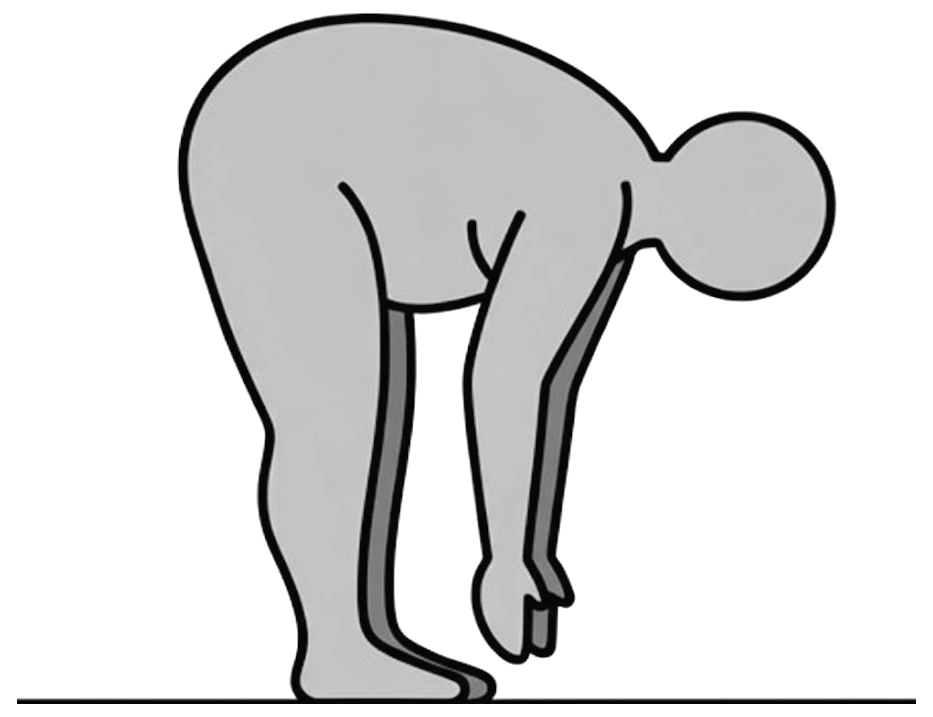Select Question Set:
Four \(2~\text{kg}\) masses are connected by \(\dfrac{1}{4}~\text{m}\) spokes to an axle as in figure given below. A force \(F\) of \(24~\text{N}\) acts on a lever \(\dfrac{1}{2}~\text{m}\) long to produce an angular acceleration \(\mathit{\alpha}\). The magnitude of \(\mathit{\alpha}\) (in rad/s2) is:

1.
\(2\)
2.
\(12\)
3.
\(6\)
4.
\(3\)
Subtopic: Torque |
76%
Level 2: 60%+
Please attempt this question first.
Hints
Please attempt this question first.
Given below are two statements:
| Assertion (A): | The centre-of-mass of an isolated system of particles remains at rest if it is initially at rest. |
| Reason (R): | Internal forces acting within a system cannot change the velocity of the centre-of-mass which is proportional to the total momentum of the system. |
| 1. | (A) is True but (R) is False. |
| 2. | (A) is False but (R) is True. |
| 3. | Both (A) and (R) are True and (R) is the correct explanation of (A). |
| 4. | Both (A) and (R) are True but (R) is not the correct explanation of (A). |
Subtopic: Center of Mass |
76%
Level 2: 60%+
Hints
A wheel is subjected to uniform angular acceleration \(2~\text{rad/s}^2\) about its axis. Initially, its angular velocity is \(10~\text{rad/s}.\) In the first \(2~\text{s},\) it rotates through an angle \(\theta_{1},\), in the next \(2~\text{s}
\) it rotates through an additional angle \({\theta}_{2}.\). The ratio of \(\dfrac{{{\theta}}_{2}}{{{\theta}}_{1}}\) is:
1. \(1/2\)
2. \(3/5\)
3. \(3/4\)
4. \(4/3\)
1. \(1/2\)
2. \(3/5\)
3. \(3/4\)
4. \(4/3\)
Subtopic: Rotational Motion: Dynamics |
53%
Level 3: 35%-60%
Please attempt this question first.
Hints
Please attempt this question first.
The angular speed of a flywheel moving with uniform angular acceleration changes from \(1200\) rpm to \(3120\) rpm in \(16\) s. The angular acceleration in rad/s² is:
| 1. | \(104 \pi\) | 2. | \(2\pi\) |
| 3. | \(4\pi\) | 4. | \(12\pi\) |
Subtopic: Rotational Motion: Kinematics |
75%
Level 2: 60%+
NEET - 2022
Hints
The ratio of the moments of inertia of two spheres, about their diameters, having the same mass and their radii being in the ratio of \(1:2\), is:
| 1. | \(2:1\) | 2. | \(4:1\) |
| 3. | \(1:2\) | 4. | \(1:4\) |
Subtopic: Moment of Inertia |
82%
Level 1: 80%+
NEET - 2022
Hints
A string is wrapped along the rim of a wheel of the moment of inertia \(0.10~\text{kg-m}^2\) and radius \(10~\text{cm}.\) If the string is now pulled by a force of \(10~\text N,\) then the wheel starts to rotate about its axis from rest. The angular velocity of the wheel after \(2~\text s\) will be:
| 1. | \(40~\text{rad/s}\) | 2. | \(80~\text{rad/s}\) |
| 3. | \(10~\text{rad/s}\) | 4. | \(20~\text{rad/s}\) |
Subtopic: Rotational Motion: Dynamics |
80%
Level 1: 80%+
NEET - 2022
Hints
When a fat person tries to touch his toes (as shown in the figure), keeping the legs straight, he generally falls because of:

1. torque produced
2. weight
3. dizziness
4. none of these

1. torque produced
2. weight
3. dizziness
4. none of these
Subtopic: Center of Mass |
80%
Level 1: 80%+
Please attempt this question first.
Hints
Please attempt this question first.
Given below are two statements:
| Assertion (A): | If polar ice melts, days will be longer. |
| Reason (R): | Moment of inertia increases and thus angular velocity decreases. |
| 1. | Both (A) and (R) are True and (R) is the correct explanation of (A). |
| 2. | Both (A) and (R) are True but (R) is not the correct explanation of (A). |
| 3. | (A) is True but (R) is False. |
| 4. | Both (A) and (R) are False. |
Subtopic: Angular Momentum |
79%
Level 2: 60%+
Hints
A force is applied to a hollow spherical shell so that it acts through its centre. It causes an acceleration of \(3\) m/s2. If the same force is applied to the spherical shell, acting tangent to its surface, the acceleration will be: (Assuming no friction is available.)
| 1. | \(3\) m/s2 | 2. | \(2\) m/s2 |
| 3. | zero | 4. | \(1\) m/s2 |
Subtopic: Rotational Motion: Dynamics |
56%
Level 3: 35%-60%
Hints
Unlock IMPORTANT QUESTION
This question was bookmarked by 5 NEET 2025 toppers during their NEETprep journey. Get Target Batch to see this question.
✨ Perfect for quick revision & accuracy boost
Buy Target Batch
Access all premium questions instantly
A pulley of radius \(1.5~\text m\) is rotated about its axis by a force, \(F=(12t-3t^{2})~\text N\) applied tangentially (while \(t\) is measured in seconds). If the moment of inertia of the pulley about its axis of rotation is \(4.5~\text{kg-m}^2,\) the number of rotations made by the pulley before its direction of motion is reversed, will be \(\dfrac K \pi\). The value of \(K\) is:
| 1. | \(12\) | 2. | \(14\) |
| 3. | \(16\) | 4. | \(18\) |
Subtopic: Rotational Motion: Dynamics |
56%
Level 3: 35%-60%
JEE
Please attempt this question first.
Hints
Please attempt this question first.
Select Question Set:






